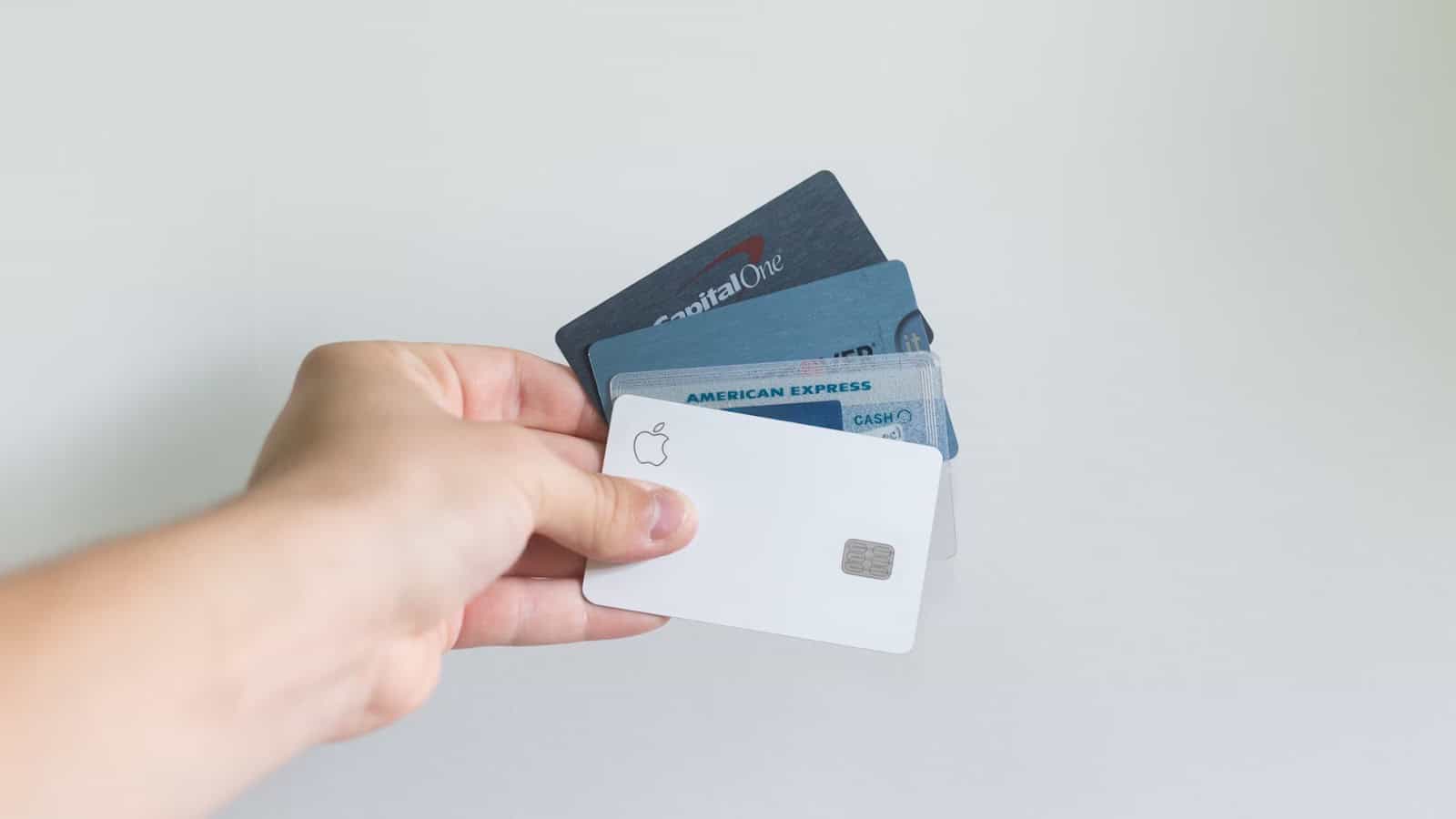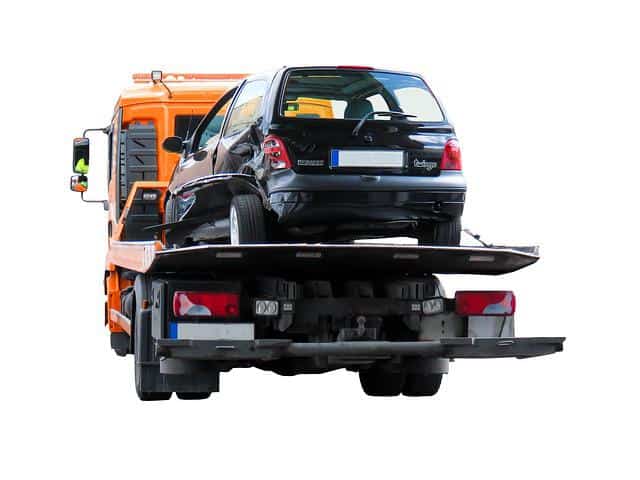
Concerned about obtaining equipment financing when your credit score is far from perfect?
Business owners facing bad credit issues may feel equipment financing is beyond their reach. Bad credit creates additional hurdles but it doesn’t eliminate the possibility of obtaining financing.
By adopting an effective strategy you can significantly boost your likelihood of receiving essential funding for business expansion even when facing credit obstacles.
Business owners should note the equipment financing market expanded to $1.34 trillion in 2023 which reflects a 7.1% growth rate from the preceding year. Lenders demonstrate their willingness to support equipment purchases through financial backing even when borrowers face credit challenges.
We will examine strategies to boost your opportunity for getting equipment financing when you have bad credit.
What you’ll discover inside:
- Understanding Bad Credit Equipment Financing
- Why Credit Matters (But Isn’t Everything)
- 5 Powerful Strategies to Get Approved Despite Bad Credit
- Alternative Financing Options
- Rebuilding Your Credit for Better Terms
Understanding Bad Credit Equipment Financing
Bad credit equipment financing represents financial solutions that allow businesses with subpar credit ratings to acquire necessary equipment.
A low credit score does not serve as an automatic obstacle to obtaining business financing. Your financing options will require alternative methods and you will encounter different terms compared to businesses that maintain excellent credit scores.
When seeking equipment financing with bad credit you experience different conditions because lenders perceive you as being riskier. This typically translates to:
- Higher interest rates
- Shorter repayment terms
- Larger down payments
- More collateral requirements
But here’s the thing…
Bad credit borrowers benefit from equipment financing since it offers better terms compared to other funding sources. Why? The lender’s risk decreases because the equipment used to secure the loan acts as collateral. Lenders show greater willingness to finance businesses with poor credit histories through secured equipment loans rather than unsecured loans.
During 2023 equipment financing covered 57.7% of the $2.3 trillion spent on equipment and software investments while leasing arrangements made up 25% of this financing.
Why Credit Matters (But Isn’t Everything)
One undeniable factor in equipment financing is your credit score. Credit scores represent just one of many considerations for lenders when evaluating financing applications.
Traditional banks focus heavily on credit scores for lending decisions while banks contributed to 59% of total financing volume in 2023. Many businesses find that specialized financing options like heavy equipment financing can be more accessible even with credit challenges, as these lenders often take a more holistic approach to evaluating applications.
Here’s what else matters to lenders:
- Established businesses gain financial trust from lenders due to their track record. Your business application becomes stronger when you have more than two years of operational history.
- Lenders perceive your ability to maintain regular payments through consistent monthly revenue despite previous credit problems.
- Financial institutions view high-quality equipment as valuable collateral because it maintains its worth which reduces borrowing risks.
5 Powerful Strategies to Get Approved Despite Bad Credit
Ready to improve your chances? These five strategies will help you obtain equipment financing despite having credit concerns.
1. Offer a Larger Down Payment
Nothing speaks louder to lenders than cash. When you make a substantial down payment of 25-30% or more you not only reduce the lender’s risk instantly but also demonstrate your investment in the deal while decreasing your loan-to-value ratio.
With significant credit issues lenders may approve financing if borrowers increase their down payment amount.
2. Provide Additional Collateral
Providing additional collateral apart from the main equipment effectively boosts the chances of loan approval. Use your business property or other equipment that you own outright together with cash deposits to strengthen your loan application with additional security.
Additional collateral essentially tells the lender: “Even if I default, you’re still protected.” A strong collateral package enables them to approve your application regardless of your credit history.
3. Bring on a Co-Signer
A financially responsible co-signer can help secure your loan approval. New businesses lacking financial history and owners with poor personal credit find this strategy particularly effective. Your co-signer assumes legal responsibility for the debt if you fail to make payments.
4. Prepare Thorough Documentation
When facing bad credit challenges you must present lenders with an abundance of positive information. Build an all-inclusive application package by adding a detailed business plan alongside cash flow projections and bank statements plus a description of former credit problems and corrective actions you have taken.
You need to demonstrate your business’s actual strength beyond what your credit score indicates.
5. Partner with experts who focus on equipment financing for businesses with poor credit histories.
Different lenders handle bad credit situations in varying ways. Niche specialists have expertise in structuring credit-challenged business deals with creative solutions while traditional banks typically reject.
As 42% of end-users predict their equipment purchases will rise in 2025, lenders compete for this market by developing lending programs focused on borrowers with credit challenges.
Alternative Financing Options
When traditional equipment financing proves difficult even after employing earlier strategies then explore alternative financing options.
Equipment Leasing
Equipment leases generally require less rigorous credit assessments compared to traditional loans. Equipment leasing offers lower monthly payments and potential tax advantages while allowing easier approval for borrowers with poor credit and providing options to upgrade machinery upon lease completion.
In 2023 equipment purchases through leasing reached 25% of total volume demonstrating its preferred status as a flexible financing solution amid economic instability.
Vendor Financing
Numerous equipment vendors provide internal financing solutions that feature relaxed qualification criteria. Sellers of equipment hold superior knowledge of their own merchandise compared to banks which drives their eagerness to sell and results in approvals for applications banks would reject.
Sale-Leaseback of Existing Equipment
Owners with complete rights to their equipment should explore the option of sale-leaseback financing. Sell your existing equipment to a financing company and lease it back with manageable payments to free up cash for business expenses or as a down payment for new equipment.
Rebuilding Your Credit for Better Terms
As you obtain equipment financing you should rebuild your credit because this will enable you to get better loan terms later on. Focus on:
Establish Positive Payment History
The most effective way to improve your credit rating quickly is to make payments on time consistently. Automate payments for all business obligations while maintaining low credit card utilization for business accounts.
Every punctual payment contributes beneficial information to your credit history which will ultimately overshadow previous financial problems.
Separate Business and Personal Credit
The combination of personal and business finances by business owners frequently harm their chances to secure funding. Open distinct business credit accounts and secure a DUNS number while ensuring that personal expenditures remain separate from business finances.
Address Outstanding Tax Issues
Tax liens present significant warning signs for equipment financing. Organize payment schedules for existing tax dues while maintaining up-to-date payments for all new tax commitments and keep detailed records of your adherence to these payment plans.
Businesses that work on rebuilding their credit now will find themselves at an exceptional advantage when the Federal Reserve’s 2025 interest rate reductions make equipment financing more attainable.
Bringing It All Together
Although obtaining equipment financing with bad credit presents difficulties it remains achievable. Lenders are looking for qualified borrowers because the equipment finance industry reached $1.34 trillion in 2023 with 82% of businesses using financing for equipment purchases even though some borrowers have credit challenges.
Successful bad credit equipment financing depends on using specialized strategies.
- Leverage the equipment’s value as collateral
- Strengthen other aspects of your application
- Expect to provide bigger down payments along with accepting higher interest rates.
- Consider alternative financing structures
- Work with lenders specializing in credit challenges
The strategies presented in this guide will greatly increase your chances of obtaining necessary equipment financing for business growth even if you have experienced credit problems.









